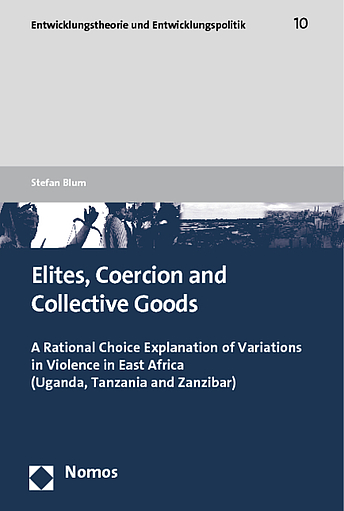englischThis study contributes to explain the puzzling variation in violent conflict in post-independence East Africa, specifically between and within Uganda and Tanzania. Although at the time of independence, both countries showed considerable similarities with regard to background conditions such as geography, ethnic composition, income levels and colonial regime, independent Uganda experienced some of the worst violence in Africa leading to several hundred thousand deaths, while Tanzania is commonly described as an island of peace and stability.
The authors argue that existing explanations focusing upon the level of democracy on the one hand and of inequalities along identity group lines on the other are unable to explain this variation in violence. Following an application of the statistical Collier/Hoeffler model and underlying economic theory to their observations, they develop a modified rational-choice framework which focuses upon individual rationales to contribute to violence. The main argument is that peace in East Africa resulted when a small group of individuals with a long-term maximization rationale – associated with a shared ethnic, racial or religious identity – were able to overcome collective action problems and establish a preponderant coercive position. In a productive economy, such a position made it attractive for them to forego present for future appropriation from their subjects and to provide a peaceful order as well as other collective goods. Based upon a theoretical framework the study derives some scenarios for future political developments in Tanzania, Uganda and Zanzibar, and looks at possible implications for policy. Finally, the scope of the present research and its contextualization in the broader scientific and policy debate are discussed.
Kurztext NE:
Dieser Band untersucht die politische Ökonomie von Gewaltkonflikten im post-kolonialen Ostafrika und entwickelt einen gegenüber der bestehenden Literatur abweichenden, Rational Choice-basierten Erklärungsansatz. Im Anschluss werden die zukünftige politische Entwicklung der Region sowie Handlungsoptionen für die internationale Gemeinschaft diskutiert.



